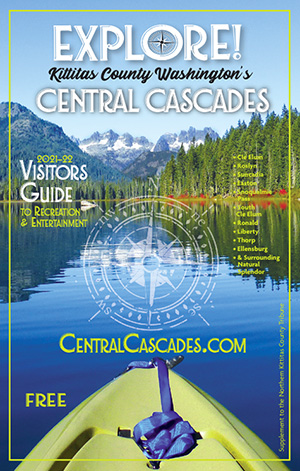SEATTLE – A recent report by the Washington Traffic Safety Commission (WTSC) found an alarming increase in deadly motorcycle crashes this year in Washington, even while there is far less traffic on roadways because of COVID-19 stay-at-home orders. In April, over half of statewide traffic deaths were motorcycle riders. In early May, eight motorcycle riders died in a single week on Washington roads.
If you plan to ride, it’s imperative to keep road safety top of mind to help prevent a tragic crash. Making sure you have the right insurance coverage to help protect you financially is important as well.
“It’s popular these days to talk about those we’re closest to as our ‘ride-or-die’ friends, but no one wants to take that literally on a motorcycle,” said NW Insurance Council President. “Riders must have focus and skill at all times – and these days, they must also carry liability insurance. So, our message to riders is be safe, be alert, and be insured.”
Motorcycle insurance is widely available, either as an endorsement to a personal automobile policy or as a stand-alone policy. To determine the best motorcycle coverage for you, it’s important to understand the available options:
- Liability Insurance – Just last year, Washington state enacted a law that now requires all motorcycle riders to carry liability insurance. Currently, all but one state (New Hampshire) requires a minimum amount of liability insurance to cover bodily injury and property damage that you may cause to other people in an at-fault accident.
- Collision Coverage – Covers damage to your motorcycle from a collision, regardless of fault, and usually covers the resale value of the motorcycle before the loss occurred.
- Comprehensive or Other than Collision Coverage – Pays for damage caused by an event other than a collision. This includes fire, vandalism or theft. According to the National Insurance Crime Bureau (NICB), 41,674 motorcycles were stolen in 2018.
- Additional or Optional Equipment Coverage – Is needed for accessories such as chrome parts, sidecars or custom paint jobs. Most comprehensive and collision coverage pays to replace only the factory standard parts on your motorcycle.
- Uninsured/Underinsured Motorist Coverage – Covers damage to you and your property caused by a driver or rider who does not have insurance or does not have enough insurance to cover your damages. This coverage typically pays for medical treatment, lost wages and damage to your motorcycle.
- Personal Injury Protection (PIP) – Covers accident-related medical expenses up to your policy limits for such things as doctor’s visits, dental care, hospital stays and lost wages, for example. The availability of PIP coverage for motorcyclists varies from state to state, however. Contact your insurance company or agent to find out if PIP coverage is available to you.
- Discounts – Keep in mind that many insurance companies offer discounts from 10 to 15 percent for graduates of training courses, such as the Motorcycle Safety Foundation (MSF) rider course.
Check with your insurance agent or company to learn more about motorcycle insurance options or to make sure you understand your current coverage.
Also, just because there is less traffic on the roads because of COVID-19 doesn’t mean safety can take a backseat. WTSC and NW Insurance Council urge motorcycle riders and all drivers to drive safely at all times.
For more information, contact NW Insurance Council at (800) 664-4942.



